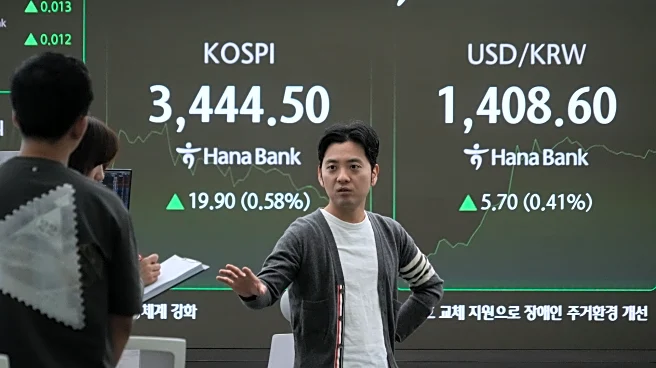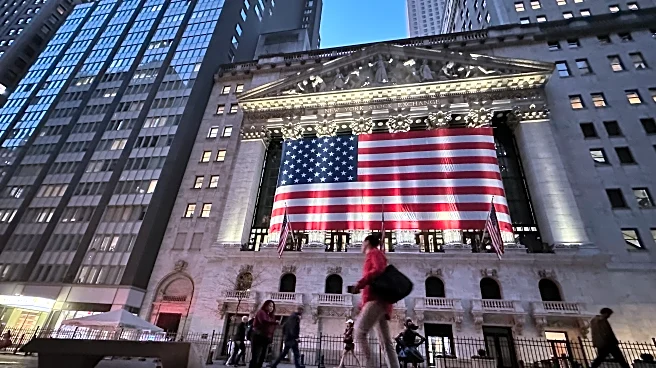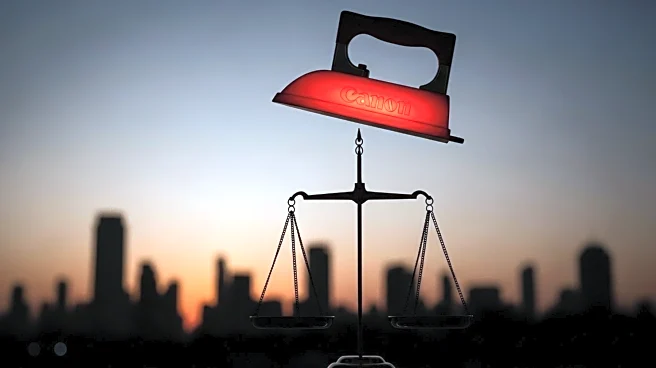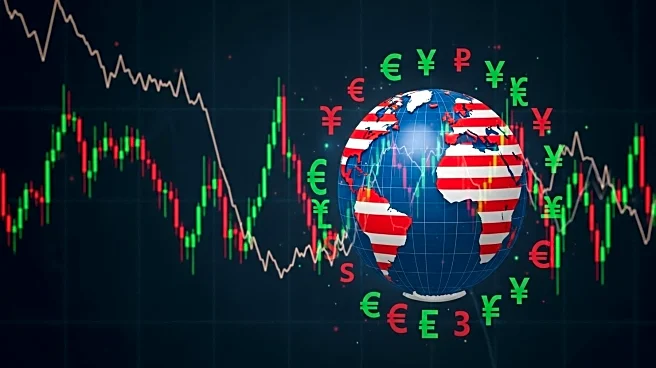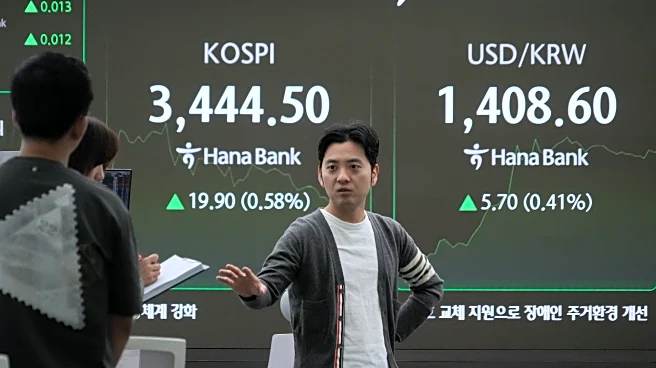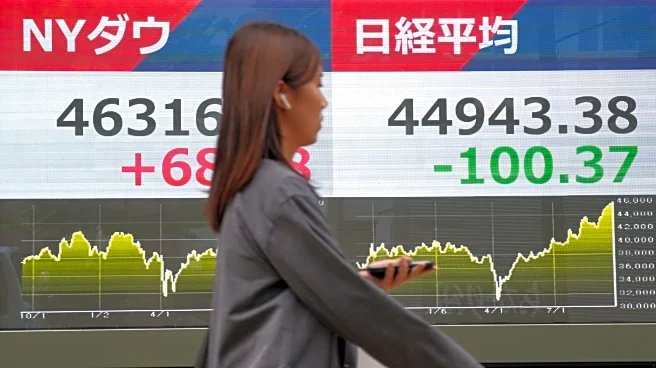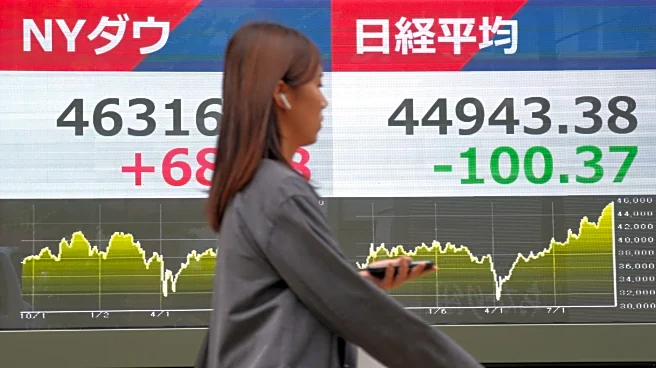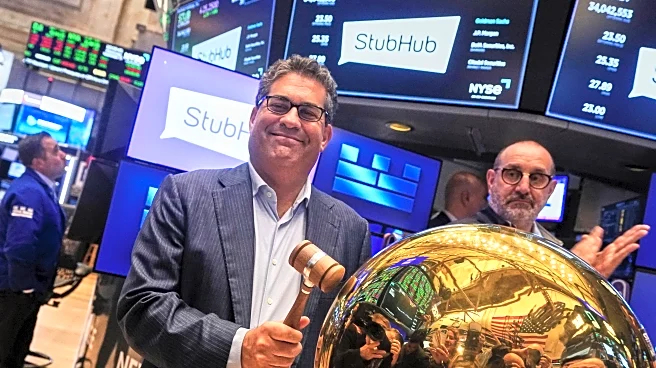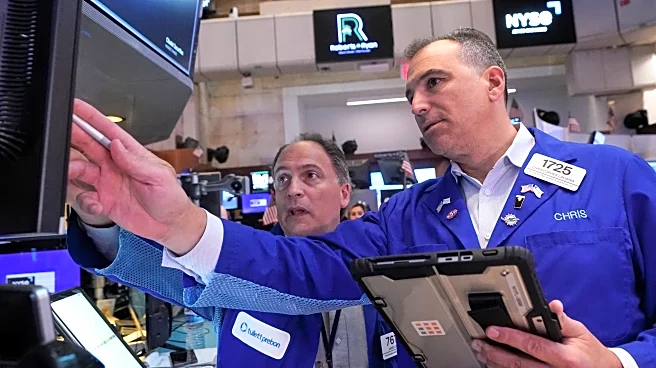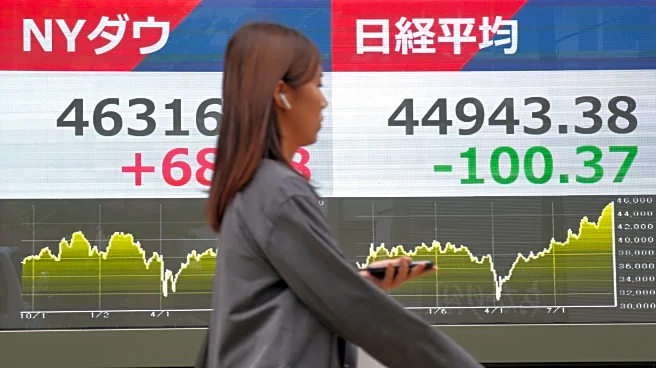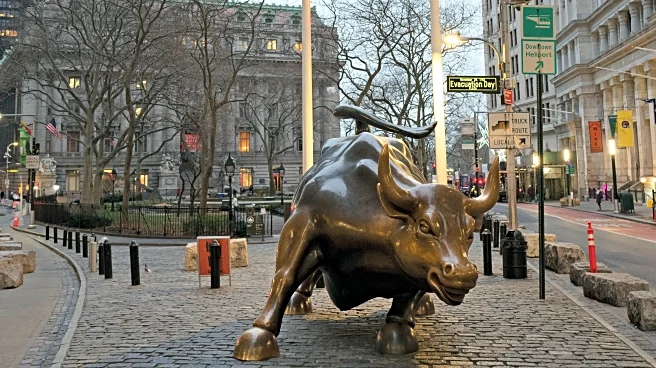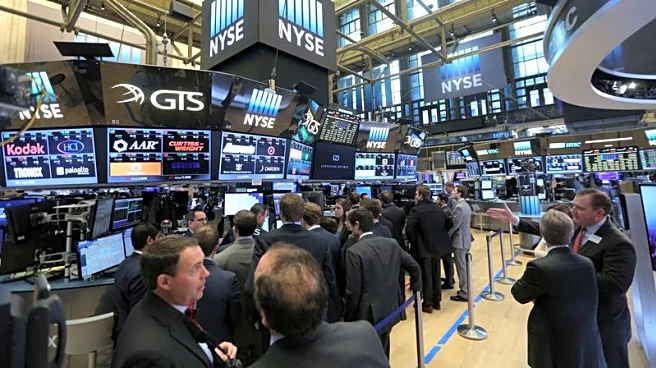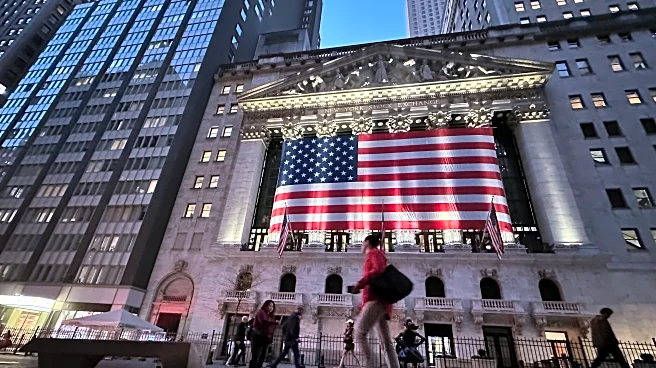U.S. futures sank and world shares were mixed after a U.S. government shutdown began on Wednesday.
The future for the S&P 500 dropped 0.8%, while that for the Dow Jones Industrial Average gave up 0.7%. On Tuesday, the S&P 500 rose 0.4% and the Dow gained 0.2%, to set an all-time high. The Nasdaq composite ticked 0.3% higher to 22,660.01.
In early European trading, Germany's DAX lost 0.3% to 23,818.68 and the CAC 40 in Paris edged 0.1% lower, to 7,890.60.
Britain's FTSE rose 0.4% to 9,390.92.
In Asia, Japan's Nikkei 225 index shed 0.9% to 44,550.85 after the Bank of Japan reported a slight improvement in business sentiment among major manufacturers.
The indications from the BOJ's quarterly tankan survey raise the odds that the central bank will increase its key interest rate to counter inflation that has topped its target range of about 2% for some time.
Political uncertainty is also looming over Japan's markets, with the ruling Liberal Democratic Party due to chose a new leader and prime minister later this week to replace embattled Prime Minister Shigeru Ishiba.
Although markets and offices in mainland China are closed Oct. 1-8 for the National Day holiday, China's central bank said it plans a 1.1 trillion yuan ($160 billion) reverse repo operation on Oct. 9, to increase the amount of cash in circulation and stimulate consumer spending and business investment.
Elsewhere in Asia, South Korea's Kospi gained 0.9% to 3,455.83, while Taiwan's Taiex added 0.6% on heavy buying of semiconductor-related shares.
Australia's S&P/ASX 200 slipped less than 0.1%, to 8,845.70.
In India, the Sensex rose 0.6%.
Markets appeared to be taking the U.S. shutdown, which took effect at midnight U.S. Eastern time, in stride. Past U.S. government shutdowns have had a limited impact on the economy and stock market, and many investors expect something similar this time around.
Many economists and professional investors expect something similar this time around.
This shutdown could be different, with the White House prone to push for large-scale firings of federal workers.
The broad stock market has been on a nearly relentless run since hitting a low in April on expectations that President Donald Trump’s tariffs won’t derail global trade and that the Federal Reserve will cut interest rates several times to boost the slowing job market.
Tuesday brought mixed reports on the U.S. economy. A Conference Board survey showed consumers are feeling less confident than economists expected, with many respondents pointing to the job market and to inflation that has remained higher than anyone would like.
A second report suggested the job market may be remaining in its “low-hire, low-fire” state. U.S. employers were advertising roughly the same number of job openings at the end of August as the month before. The hope on Wall Street had been for a number that’s neither too high nor too low, one balanced enough to keep the Fed on track to continue cutting interest rates.
The Fed just delivered its first cut of the year, and officials have penciled in more to give the job market a boost.
When Wall Street will get the next data reports on the job market is uncertain, since a government shutdown would cause delays for several important reports, including Friday’s on how many jobs U.S. employers created and destroyed in September.
The Department of Labor has said that the Bureau of Labor Statistics will completely cease operations if there’s a lapse. The agency already was strained by Trump's firing of Erika McEntarfer as BLS commissioner on Aug. 1 after the July jobs report showed a rapid slowdown in hiring, with job gains in May and June revised much lower than initially estimated.
Late Tuesday, the White House said Trump was withdrawing the nomination of E.J. Antoni to lead the bureau, according to an AP source who spoke on the condition of anonymity to discuss a White House action that hadn't been publicly announced.
Early Wednesday, U.S. benchmark crude oil was up 40 cents at $62.77 per barrel. Brent crude, the international standard, gained 41 cents to $66.44 per barrel.
The U.S. dollar fell to 147.03 Japanese yen from 147.94 yen. The euro climbed to $1.1756 from $1.1734.
